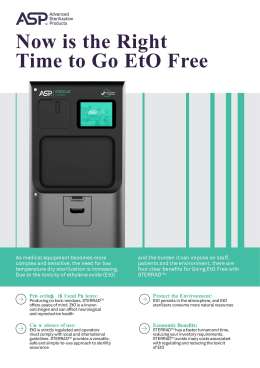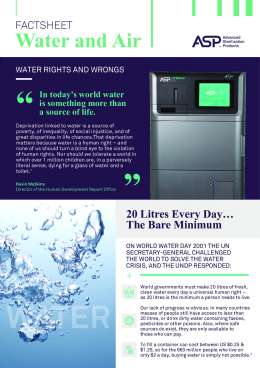The 2023 report from UCS (Union of Concerned Scientists) sheds light on the concerning proximity of ethylene oxide (EtO) emitting facilities to residential areas and schools, highlighting the potential health risks associated with long-term exposure to this toxic gas. The delayed action from regulatory agencies like the EPA (US Environmental Protection Agency) and FDA raises significant concerns about public health.
EPA's overdue regulations for commercial sterilizers are a critical step in addressing the health risks posed by EtO emissions. However, the efforts of the medical device and sterilization industries to weaken these standards undermine public safety. It's crucial for regulatory agencies to prioritize public health over industry interests and ensure that emissions are effectively controlled without disrupting essential medical supply chains.
Additionally, the FDA's role in identifying and promoting safer sterilization alternatives is pivotal in reducing EtO use and mitigating associated health risks. Collaborative efforts between EPA and FDA are essential to protect not only patients but also workers and communities affected by sterilization facilities.
Overall, urgent and comprehensive action from regulatory agencies is needed to address the risks posed by EtO emissions and protect public health1
The FDA's designation of vaporized hydrogen peroxide (VHP) as an Established Category A sterilization method for medical devices is a significant development in the field of medical device sterilization. This move reflects the FDA's commitment to diversifying sterilization practices and reducing reliance on ethylene oxide (EtO), a traditional sterilization method. The FDA's decision is based on VHP's extensive history of safety and effectiveness2.


